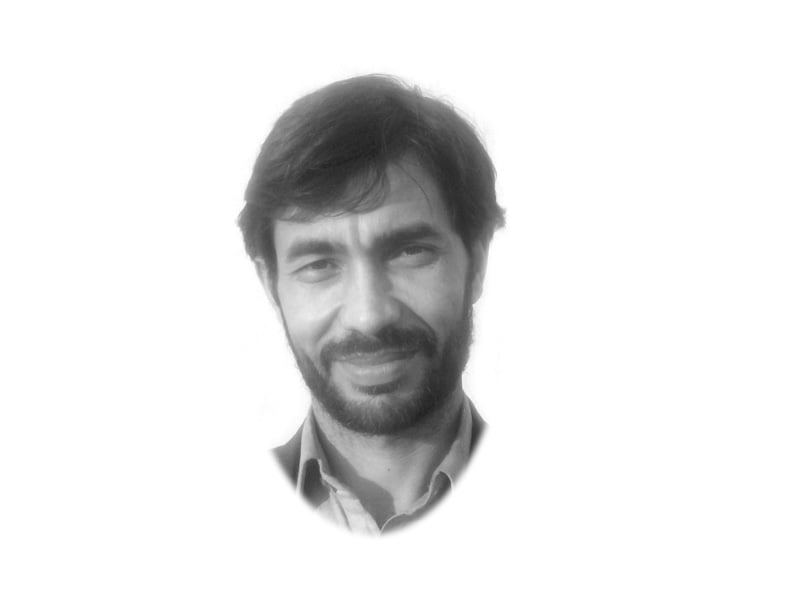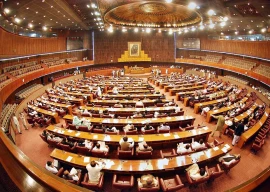
Ghani was the eldest child of the revered independent activist Abdul Ghaffar Khan; however, he shunned politics and became a painter, sculptor and a poet par excellence.
Ghani was born in 1914 in Hashtnagar, Charsadda, or ancient Pushkalavati, which was the capital of the mighty Gandhara civilization; and in this sense, his artistic forays have a primordial touch to them.
Ghani composed his first poem in 1929 when he was 14. His first collection of works, Da Panjary Chaghar, got published in 1956, followed by Palwasha and Panoos. In 1995, Ghani published his last anthology titled Latoon.
One lasting impact on his life was that of the education he received at the Shantiniketan Academy, the current Visva-Bharati University, founded by the great poet-philosopher, Rabindranath Tagore. Ghani was sent there by Jawaharhal Nehru, along with Nehru’s daughter Indira Gandhi and it was here that he became interested in sculpture. However, for most people, Ghani’s poetry is his single reference.
Through his works, he appears to be a humanist, a romantic, a nationalist and a realist, all at the same time — qualities which seemingly contradict each other. He is a true romantic as he advocates that beauty in thought, deed and action is essential for civilisation — which is a very ‘Kantian’ idea, but this is not to suggest that Ghani’s work was derived from Western thinkers. Indeed, Ghani is at his best when he is critiquing the social contract theory.
Ghani is also opposed to the mindset of the radical cleric, which he views as an attempt to exercise social control in the name of religion.
It seems as if the only aim of this great poet was to create a new and beautiful world.
Published in The Express Tribune, January 6th, 2014.
COMMENTS (3)
Comments are moderated and generally will be posted if they are on-topic and not abusive.
For more information, please see our Comments FAQ


1730752226-0/Untitled-design-(35)1730752226-0-165x106.webp)







1726140338-01730723472-0/Untitled-design-(42)1726140338-01730723472-0-270x192.webp)




1730706072-0/Copy-of-Untitled-(2)1730706072-0-270x192.webp)
Pakistan should adopt a Rabindranath Tagore's song as its National Anthem.
A great poet and great philosopher.... may your soul rest in peace!!!